Home>Home Appliances>Home Automation Appliances>How To Grant Alexa Local Network Permission
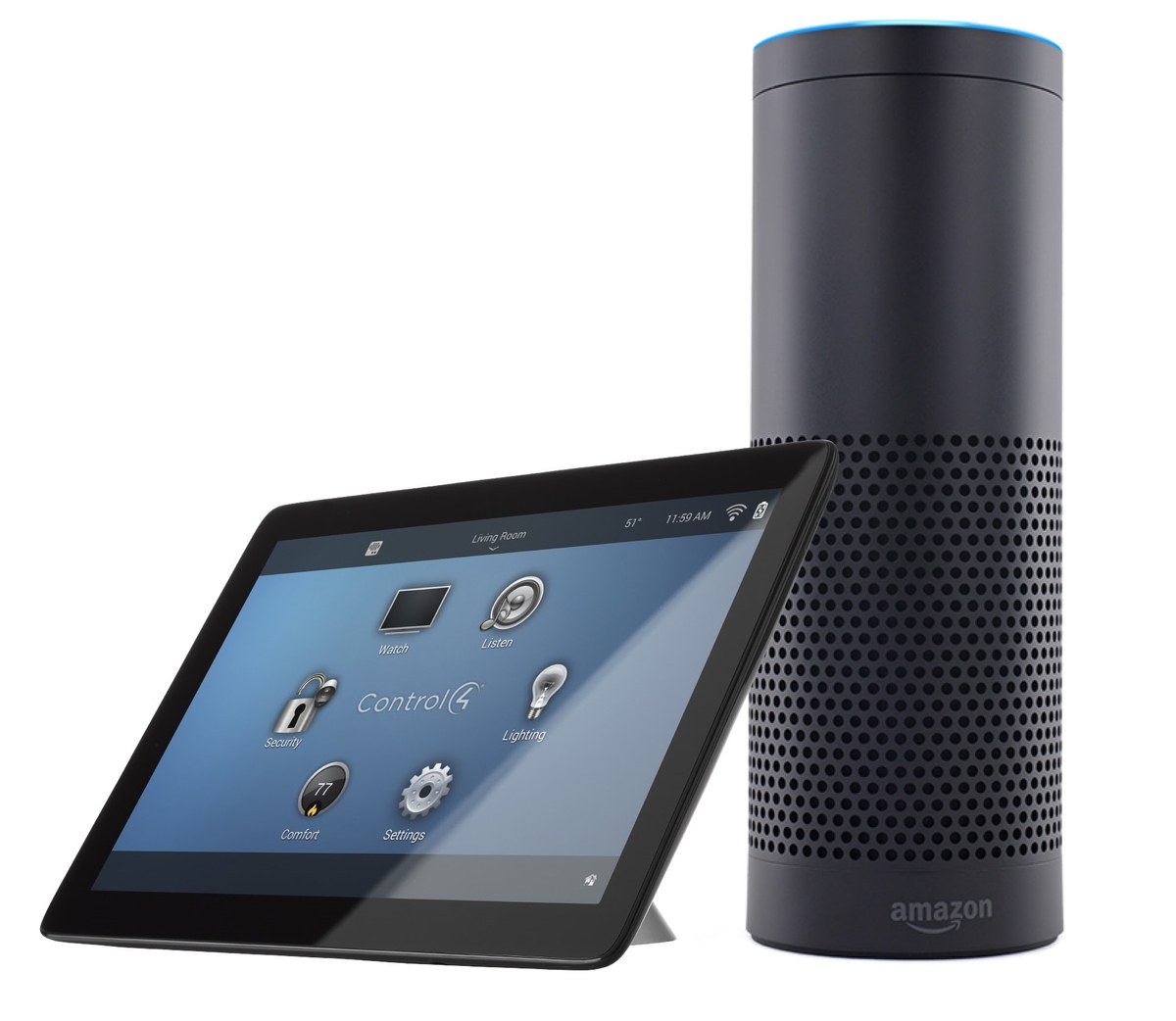

Home Automation Appliances
How To Grant Alexa Local Network Permission
Modified: February 18, 2024
Learn how to grant Alexa local network permission for your home automation appliances. Follow our step-by-step guide to enable seamless control and connectivity.
(Many of the links in this article redirect to a specific reviewed product. Your purchase of these products through affiliate links helps to generate commission for Storables.com, at no extra cost. Learn more)
Introduction
The integration of smart home devices with virtual assistants has revolutionized the way we interact with our living spaces. With the advent of voice-controlled technology, homeowners can effortlessly manage various appliances, lighting, security systems, and more. Amazon's Alexa, a leading virtual assistant, offers a seamless smart home experience. However, to fully harness its capabilities, users often encounter the need to grant Alexa local network permissions.
In this comprehensive guide, we will delve into the intricacies of local network permissions, elucidate the process of granting these permissions to Alexa, and address potential troubleshooting issues. By the end of this article, you will have a clear understanding of how to navigate local network permissions and optimize your smart home ecosystem with Alexa.
Let's embark on this journey to unlock the potential of your smart home and elevate your interaction with Alexa to a whole new level.
Key Takeaways:
- Granting local network permissions to Alexa allows it to seamlessly control smart home devices, enhancing convenience and efficiency in daily tasks.
- Troubleshooting local network permission issues ensures smooth integration of Alexa with smart home devices, optimizing the user experience.
Read more: How Do I Give Permission To Drop In On Alexa
Understanding Local Network Permissions
Local network permissions are a crucial aspect of enabling Alexa to seamlessly communicate with and control smart home devices within your network. These permissions essentially allow Alexa to discover and connect with compatible devices, such as smart lights, thermostats, security cameras, and more, that are integrated into your local network.
At its core, local network permissions empower Alexa to interact with devices that are not solely reliant on cloud-based communication. By granting these permissions, you enable Alexa to directly communicate with devices within your home network, enhancing response times and overall performance. This direct interaction between Alexa and your smart devices within the local network elevates the efficiency and responsiveness of voice commands and automation.
It’s important to note that local network permissions are designed to enhance the functionality of your smart home ecosystem while maintaining robust security measures. By allowing Alexa to access your local network, you are essentially extending its reach to facilitate seamless communication with compatible devices, thereby streamlining the overall user experience.
Understanding the significance of local network permissions sets the stage for effectively configuring Alexa to operate within your smart home environment. With this foundational knowledge in place, let’s proceed to explore the process of granting local network permissions to Alexa.
Granting Local Network Permission to Alexa
Configuring Alexa to access and control devices within your local network involves a series of steps to ensure a seamless and secure integration. Follow these steps to grant local network permissions to Alexa:
- Update Alexa App: Ensure that your Alexa app is updated to the latest version to access the most current features and settings related to local network permissions.
- Device Compatibility: Verify that the smart home devices you intend to control through Alexa are compatible with local network permissions. Not all devices may require local network access, so it’s essential to check compatibility for each specific device.
- Network Configuration: Ensure that your smart home devices are connected to the same Wi-Fi network as your Alexa-enabled device. This network configuration is vital for Alexa to communicate with the devices within the local network seamlessly.
- Enable Local Network Control: Open the Alexa app on your mobile device and navigate to the “Devices” tab. Select the specific device you want to grant local network permissions to and enable the “Local Network” setting within the device’s settings. This step allows Alexa to establish direct communication with the device over the local network.
- Discovery and Control: After enabling local network permissions for the desired devices, Alexa will initiate a discovery process to identify and connect with compatible devices within the local network. Once discovered, these devices can be controlled using voice commands or the Alexa app, leveraging the enhanced capabilities facilitated by local network permissions.
By following these steps, you can seamlessly grant local network permissions to Alexa, enabling it to interact with and control compatible smart home devices within your local network. This integration enhances the responsiveness and functionality of your smart home ecosystem, providing a more intuitive and efficient user experience.
Now that you have successfully configured local network permissions for Alexa, it’s essential to be aware of potential troubleshooting issues that may arise during the process or subsequent usage.
To grant Alexa local network permission, go to the Alexa app, select Devices, choose the Echo & Alexa device, then select the option for Local Network and enable the permission.
Troubleshooting Local Network Permission Issues
While setting up local network permissions for Alexa, you may encounter certain issues that can hinder the seamless integration of your smart home devices. Here are common troubleshooting steps to address local network permission issues:
- Network Connectivity: Ensure that all devices, including your Alexa-enabled device and smart home devices, are connected to the same Wi-Fi network. Inconsistent network connectivity can impede Alexa’s ability to communicate with devices within the local network.
- Device Compatibility: Verify that the smart home devices you are attempting to control through Alexa are indeed compatible with local network permissions. Some devices may require firmware updates or specific configurations to enable local network access.
- App and Firmware Updates: Check for updates to the Alexa app and the firmware of your smart home devices. Outdated software can lead to compatibility issues and hinder the proper functioning of local network permissions.
- Router Settings: Review your router settings to ensure that there are no restrictions or firewall configurations that might block Alexa’s access to the local network. Adjust router settings as necessary to facilitate seamless communication between Alexa and smart home devices.
- Device Discovery: If Alexa is unable to discover specific smart home devices within the local network, initiate a manual device discovery process within the Alexa app. This can help identify and connect with compatible devices that may not have been automatically discovered during the initial setup.
- Reboot Devices: In some cases, rebooting both your Alexa-enabled device and the smart home devices can resolve connectivity issues and refresh the network connections, allowing for smoother communication between devices.
By addressing these common troubleshooting steps, you can resolve local network permission issues and ensure that Alexa seamlessly integrates with your smart home devices, offering enhanced control and automation capabilities.
With these troubleshooting strategies in mind, you can navigate potential obstacles and optimize the functionality of local network permissions within your smart home environment. Now that we’ve explored the process of granting local network permissions and troubleshooting potential issues, let’s conclude our comprehensive guide.
Conclusion
In this guide, we’ve delved into the intricacies of local network permissions and their significance in enabling Alexa to seamlessly interact with smart home devices within your local network. By understanding the fundamental role of local network permissions, you are empowered to optimize the functionality and responsiveness of your smart home ecosystem.
Granting local network permissions to Alexa involves a series of steps, including updating the Alexa app, verifying device compatibility, configuring network settings, and enabling local network control for specific devices. By following these steps, you can seamlessly integrate Alexa with your smart home devices, unlocking a new level of convenience and control.
Furthermore, we explored common troubleshooting steps to address potential issues related to local network permissions, such as network connectivity issues, device compatibility, app and firmware updates, router settings, device discovery, and device reboots. By addressing these challenges, you can ensure a smooth and efficient integration of Alexa with your smart home devices, enhancing the overall user experience.
As technology continues to evolve, the seamless integration of virtual assistants like Alexa with smart home devices opens up new possibilities for home automation and convenience. By harnessing the power of local network permissions, you can create a personalized and interconnected smart home environment that aligns with your lifestyle and preferences.
With the knowledge and insights gained from this guide, you are well-equipped to navigate the process of granting local network permissions to Alexa, troubleshoot potential issues, and fully embrace the potential of your smart home ecosystem. Embrace the future of home automation and elevate your living space with the enhanced capabilities facilitated by local network permissions and Alexa’s seamless integration with your smart home devices.
Now, armed with this comprehensive understanding, you are ready to embark on a journey of seamless connectivity and control within your smart home environment, leveraging the power of local network permissions to enhance your daily life.
Frequently Asked Questions about How To Grant Alexa Local Network Permission
Was this page helpful?
At Storables.com, we guarantee accurate and reliable information. Our content, validated by Expert Board Contributors, is crafted following stringent Editorial Policies. We're committed to providing you with well-researched, expert-backed insights for all your informational needs.

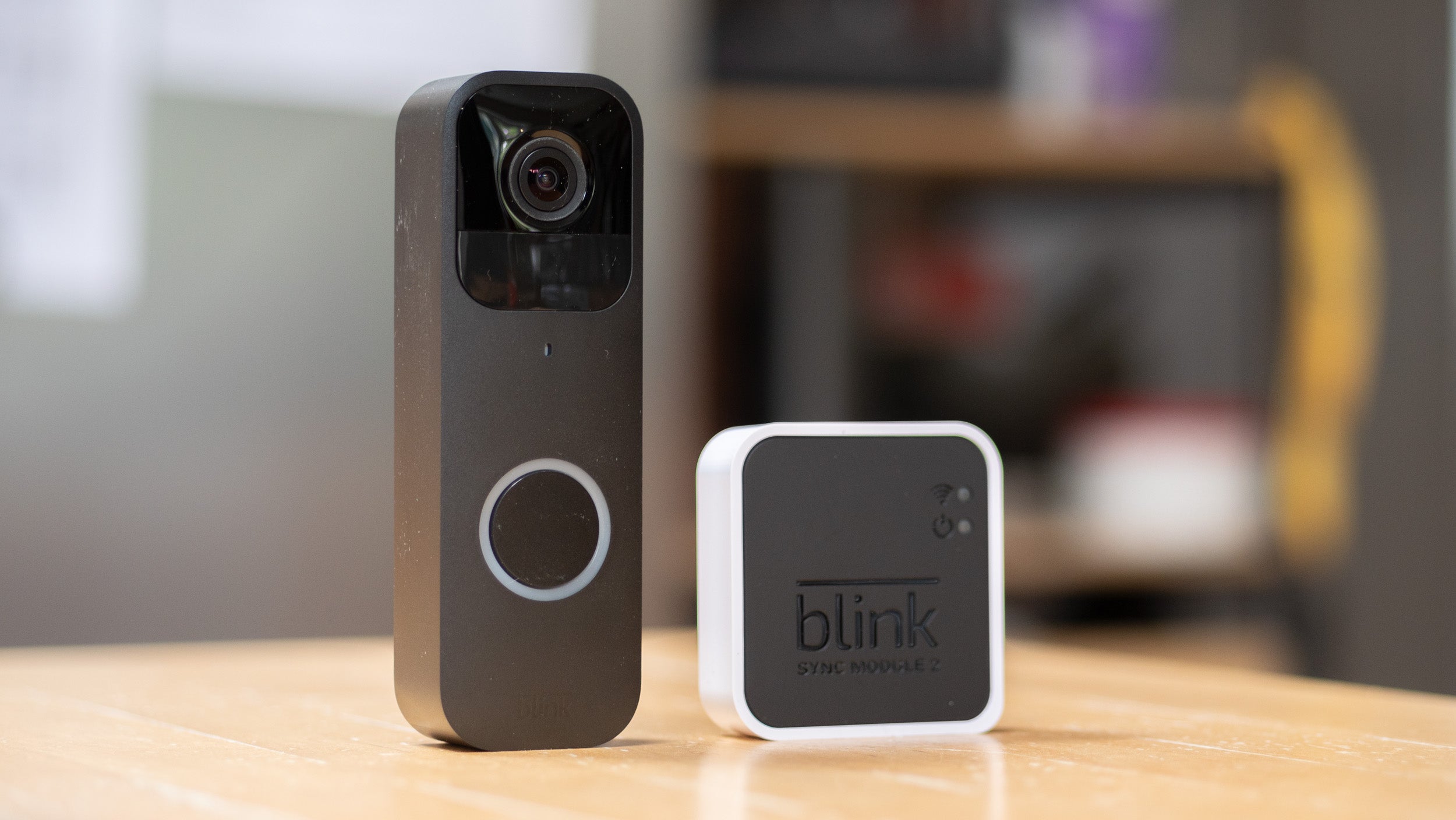




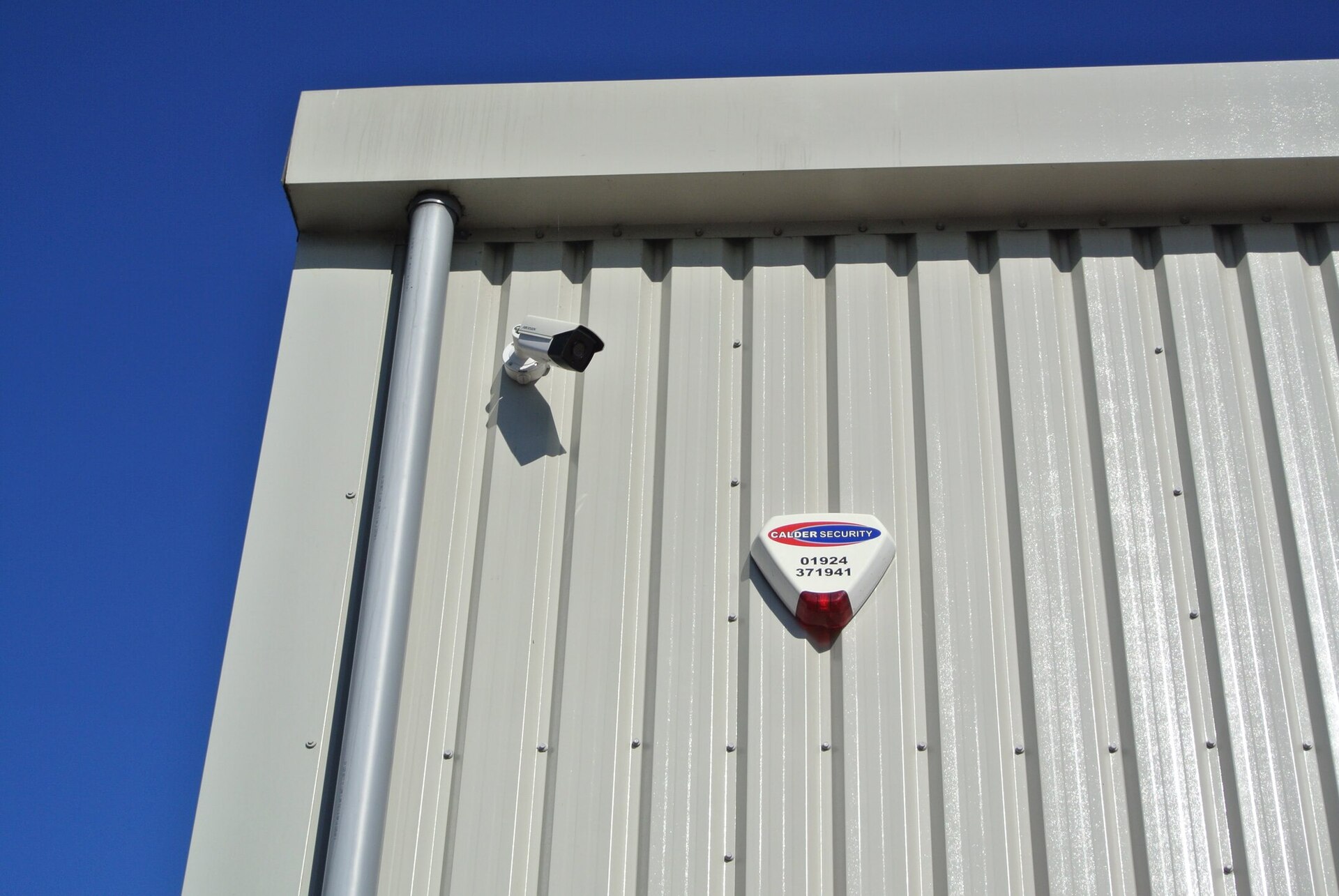





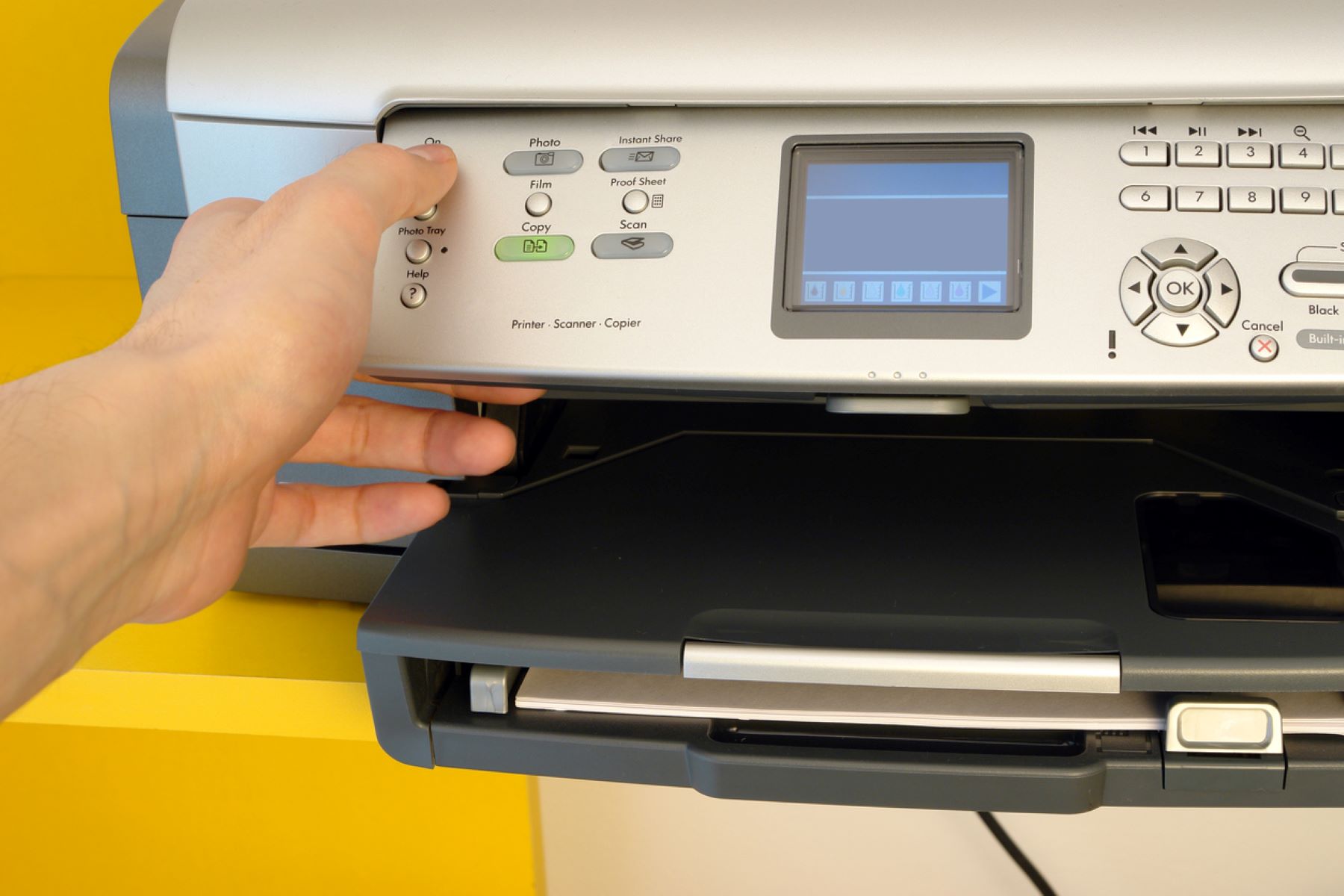
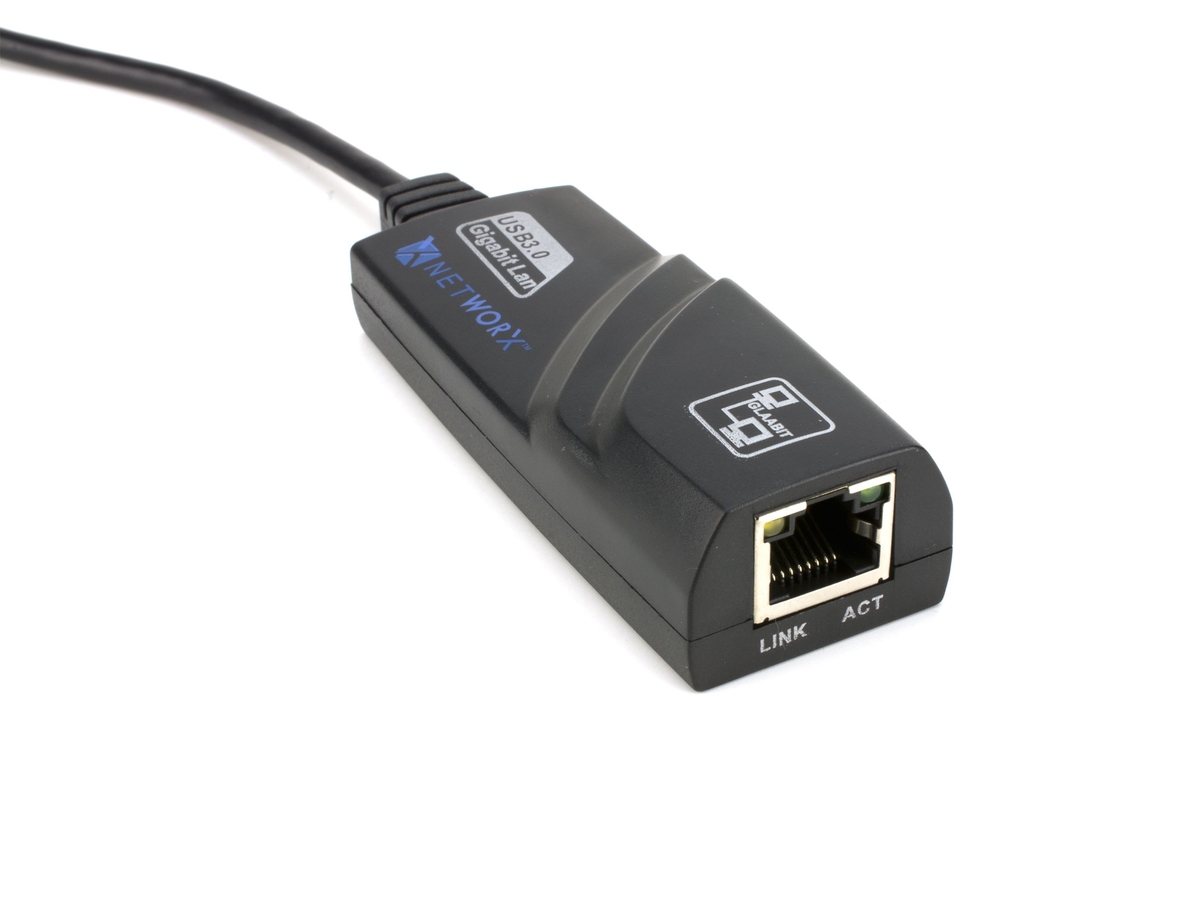


0 thoughts on “How To Grant Alexa Local Network Permission”